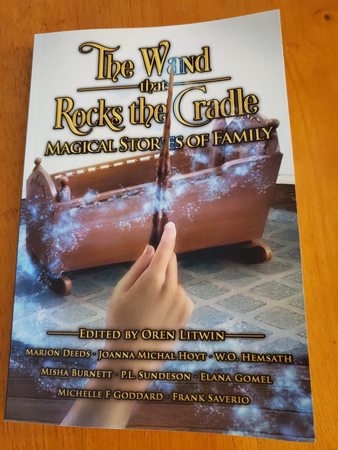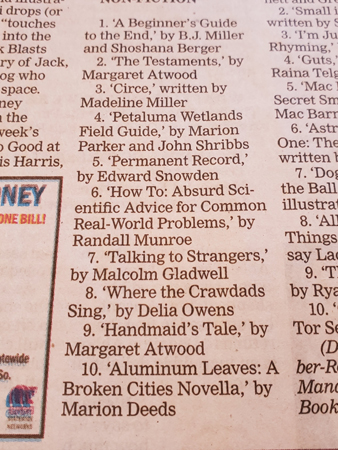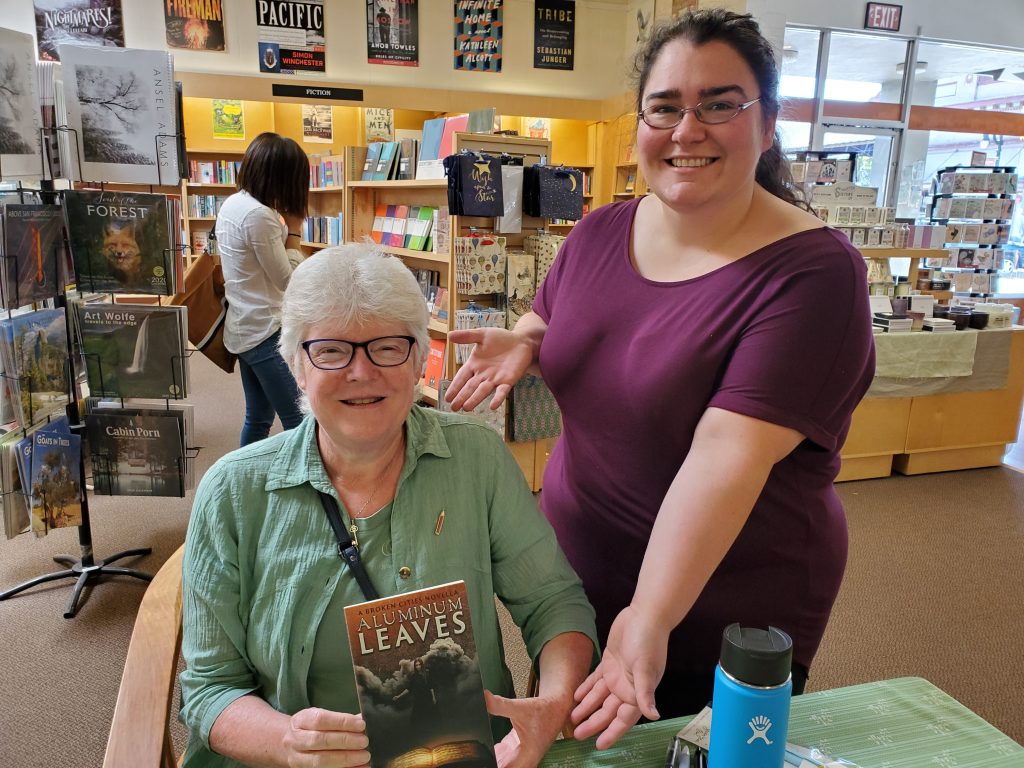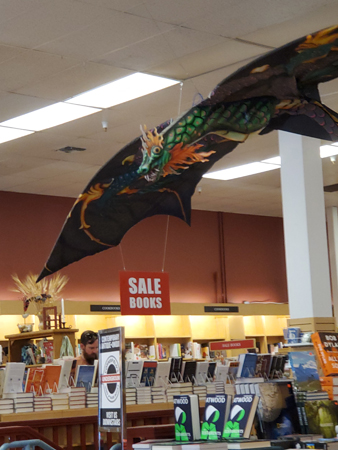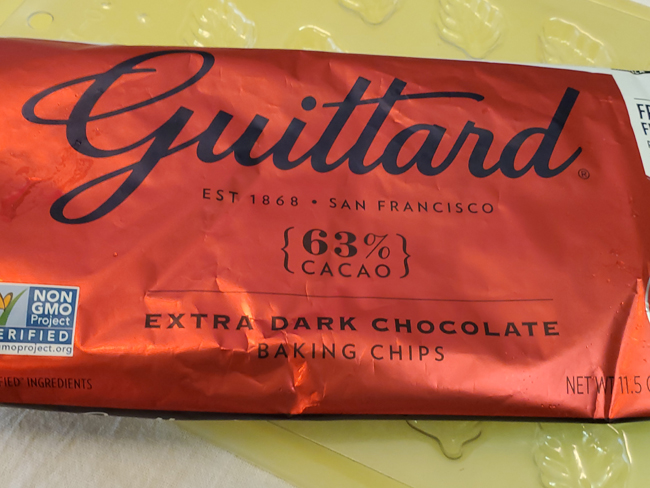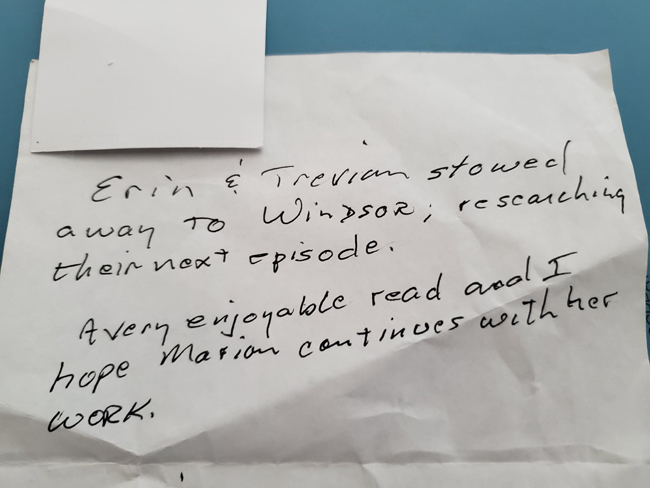(These shows have been cancelled on FOX, and I watched them On Demand. I think Netflix has cancelled them too.)
I’ve now watched Iron Fist, Season One and Marvel’s The Defenders, Season One. there is no escaping Danny Rand, aka The Immortal Iron Fist, in either show. Seriously, that’s how he introduces himself, “I’m The Immortal Iron Fist.” Which, aside from everything else that’s bad about it, is factually incorrect. The Iron Fist, in some incarnation, is immortal. Danny is not.
To be fair, nothing about the backstory for Iron Fist is promising, and why Netflix chose it for one of the mini-Marvel shows is an enigma. I’ll skip the comic book genesis (which seems to be about the same as the show) and give you Danny’s tragic TV history.
Spoilers for both Iron Fist, S1 and The Defenders will abound.
Danny Rand was the only child of the billionaire Rands. His dad co-owned a multi-billion-dollar corporation, Rand Industries. While the family was flying over the Himalayas on a business trip/family vacation, the jet disintegrated around them. Both senior Rands and the pilots died in the crash but ten-year-old Danny survived and was found by the Mysterious Monks of Kun L’unTM, who carried him off to the monastery, beat on him occasionally, made him meditate in the middle of the snow and apparently taught him kung fu fighting (although we only see the beatings and the meditation). Danny ultimately faced the Immortal Dragon and absorbed some of its chi or energy, making him the Iron Fist and giving him a strange mark that looks a lot like a tattoo on his chest.
The Iron Fist’s duty is to guard Kun L’un against its enemies, but instead, Danny saw a hawk or an eagle flying around, and that inspired him to leave the monastery, hitchhike to Morocco, get a fake passport and fly to New York City to reconnect with Dad’s old business partner.
All that took eighteen years. I’m not going to talk about the glaring colonialist, white-exceptionalist, male exceptionalist tones of this backstory. We’ll just move on, as barefoot Danny comes through the door of the humongous office Rand Industries office building.
The partner has died of cancer and his two children Ward and Joy, run the corporation now. Joy is competent. Ward is a mess. Neither of them believes this barefoot fool is Danny Rand, and of course Danny has little to no proof of his identity. They shut him out and shut him down; Danny flails around a little bit and then meets Colleen Wing who teaches martial arts and self-defense. He also makes a vital connection with Jeri Hogarth, a powerful lawyer. Meanwhile, Joy begins to think this weirdo really is Danny… and a huge secret is revealed!
(Rand’s business partner did die of cancer, but he came back from the dead! And he is the debt of the Evil Five who call themselves the Hand.)
Danny lurches from motivation to motivation; the Hand killed his parents, he wants to kill them; he wants his company back; he wants to do good things with his company; he wants a Daddy. Along the way he stalks Colleen, acting like an entitled whiteboy billionaire, not respecting her boundaries when she says “No,” attempting to put her in his power by buying the building her dojo is in and forcing a gourmet take-out lunch on her in a stalker’s version of Cute. In nearly every scene, Danny Rand reminds us exactly why we don’t need another white, spoiled, male billionaire superhero.
Theoretically, Danny learned self-discipline at the monastery, but obviously it never took. Eventually his best-friend/rival from the monastery shows up. His name is Davos, and he’s Aussie or something. At that point I suddenly understood the Monastery at Kun L’unTM better. Despite its name, it isn’t a monastery at all; it’s an exclusive school for rich entitled Euro-American boys. Davos, after all, is named for a global economic summit.
Spoiler alert: while Danny gets revenge on one important person, he fails to defeat the Hand, which has an Evil Scheme which continues in The Defenders.
In The Defenders, Colleen and Danny connect with Daredevil, Jessica Jones and Luke Cage, all of whom are fighting the Hand. Daredevil’s (and Elektra’s) old mentor Stick shows up. We learn that the Hand all met in Kun L’un and that they take a “substance” that lets them cheat death. Soon it becomes obvious that the Hand want Danny Rand – actually, they don’t give a rip about Danny Rand, they want the Immortal Iron Fist. The Iron Fist is vital to their evil plan.
The other Defenders strongly suggest to Danny that he sit this fight out, ideally, as far away from the Hand as possible. A seasoned strategist would recognize the wisdom of that suggestion. An altruistic person, a defender of the innocent for example, realizing that the Hand intends to level New York as part of their scheme, would agree it’s for the best, and would go hide or step out the fight, preparing their own defenses.
But not Danny. The Hand killed his parents, so he’s going to fight them.
It was at this moment that I finally got the problem with Danny.
Danny is a child.
If returned-from-the-monastery Danny had been eighteen instead of supposedly twenty-eight, this whole storyline would have been… well, at least less annoying. Yet Danny is supposed to be an adult. Seriously, this is a man who makes Jessica Jones look well-adjusted.
He’s the Iron Baby. And the story knows that, because Luke in particular treats Danny like a sulky teenager. It just doesn’t help.
Once Danny refuses to do the right thing, Stick gets into the act. Stick is a homicidal maniac but he’s not necessarily wrong. Stick’s impetuous action allows Elektra to kidnap Danny and take him to the Hand, which still could have happened but could have been harder to do if Danny had done the mature thing to start with and gotten the hell out of Dodge.
And by the way, about The Monastery at Kun L’unTM: they churned out The Hand, murderous monster Stick, envy-driven villain Davos and whiny baby Danny the Immortal Iron Fist. The Mystical Monastery Certification Committee needs to schedule an audit on this place, right now.
Once the Hand has Danny, they advise him that they only need him to do one thing; hit something with his iron fist. (Which, by the way, is really a glowing Orange Fist. I’m thinking the Immortal Orange Fist has potential as a superhero.) I need to be clear; it’s a specific thing he needs to hit. Danny says he won’t. No, no,no, no, he won’t they can’t make him he won’t he won’t and so on into a tantrum with Elektra until he hits the thing. (Okay, it’s a fight, but other than that, no difference.)
Because of course he has to hit the thing for the rest of the plot to work, but I mean, come on! I know that all of this stratum of TV Marvel heroes are flawed, and that these shows celebrate the flaws of their heroes. People don’t come much more masochistic and messed-up than Matt Murdock, for instance. And Jessica self-medicates with alcohol and is physiologically incapable of asking for help. In their stories, mostly, at some point they overcome those flaws, just for a few moments. Danny Rand never does, mostly because he never has to.
Danny Rand is the Iron Baby, surrounded by strong people who take care of him. Left to his own judgment, he screws it up. Every time.
This would be at least slightly more palatable if Danny were in fact eighteen.
At a supposed twenty-eight, with a fleet of private jets and a majority share
in a multi-billion-dollar corporation, Danny Rand joins the ranks of wealthy
frat-boys and selfish, dysfunctional billionaires. One Ironman per century is
quite enough, thank you.
Give the Iron Baby a squeaky toy and a time out, please.
